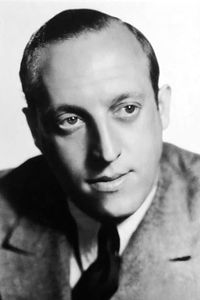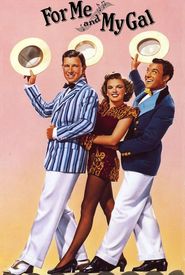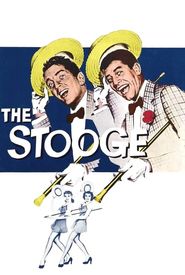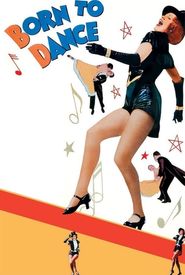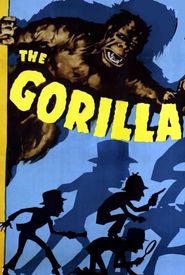Sid Silvers, a multifaceted American entertainer, emerged onto the scene on January 16, 1901, in the vibrant city of Brooklyn, New York. His journey in the world of entertainment, which began in the early 1920s, was marked by a partnership with the talented Phil Baker, with whom he cultivated a comedy act that would later serve as the inspiration for the 1951 Martin and Lewis film, The Stooge.
Silvers' illustrious career on the Great White Way began in 1925 with a memorable debut in the theatrical review Artists and Models, a performance that would prove to be the first of many notable appearances on Broadway. Three years later, in 1927, he once again took to the stage, this time in the review A Night in Spain, showcasing his impressive range and versatility as a performer.
In addition to his work on stage, Silvers also made significant contributions to the world of musical theatre, penning lyrics for the musicals The Song Writer in 1928 and Pleasure Bound in 1929. His talent for crafting memorable songs and melodies was on full display in these productions, and it is little wonder that he went on to become a respected and sought-after figure in the industry.
In 1931, Silvers took on the challenge of writing the book for the musical You Said It, a role that would further solidify his reputation as a talented and innovative creative force. Two years later, in 1932, he returned to the stage, this time taking on the role of Louie Webb in the musical Take a Chance. His performance was met with widespread acclaim, and it is clear that Silvers was well on his way to becoming a beloved and enduring figure on Broadway.
The 1930s proved to be a particularly prolific period for Silvers, as he went on to write the music and lyrics for the review New Faces of 1936. This production was a testament to his ability to adapt and evolve as a performer, and it is clear that he continued to push the boundaries of what was possible in the world of musical theatre.
The esteemed career of Silvers commenced in 1929 with a notable feature film debut, "The Show of Shows", marking the beginning of his foray into the world of cinema. This was swiftly followed by a series of supporting roles in a string of notable productions, including "Dancing Sweeties" in 1930, "Bottoms Up" in 1934, "Transatlantic Merry-Go-Round" also in 1934, and "Born to Dance" in 1936, with the added distinction of serving as a scriptwriter on the latter two films.
Throughout his illustrious career, Silvers frequently lent his unique brand of comedic flair to larger MGM productions, making significant contributions to the success of these films. One such notable example is the 1939 classic, "The Wizard of Oz", a timeless masterpiece that has captivated audiences for generations.
Notably, throughout the pivotal decade of the 1940s, Ed Silvers concentrated his creative energies on stage and radio productions, laying the groundwork for his future successes.
As the 1940s drew to a close, Silvers made his final cinematic appearance in 1946, starring in the notable comedy role of Mr. Ace, a memorable performance that showcased his remarkable comedic talents.
Later, in the 1960s, Silvers transitioned to a new medium, leveraging his vast expertise in comedy and entertainment to contribute as a writer for The Mickey Rooney Show, bringing his unique perspective to the small screen and cementing his status as a versatile and accomplished entertainer.
